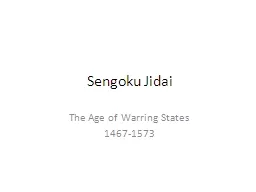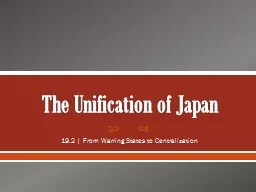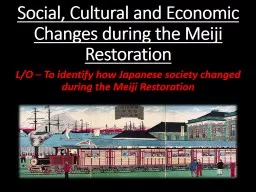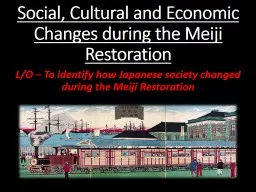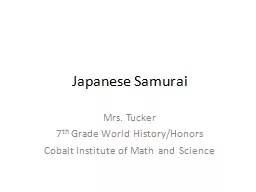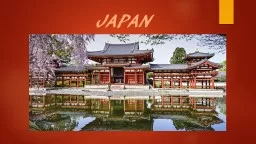PPT-Japan – Samurai Society
Author : conchita-marotz | Published Date : 2017-08-17
Learning Target 730 Describe how the Heian Contemporary Kyoto aristocracy created enduring Japanese cultural perspectives that are epitomized in works of prose
Presentation Embed Code
Download Presentation
Download Presentation The PPT/PDF document "Japan – Samurai Society" is the property of its rightful owner. Permission is granted to download and print the materials on this website for personal, non-commercial use only, and to display it on your personal computer provided you do not modify the materials and that you retain all copyright notices contained in the materials. By downloading content from our website, you accept the terms of this agreement.
Japan – Samurai Society: Transcript
Download Rules Of Document
"Japan – Samurai Society"The content belongs to its owner. You may download and print it for personal use, without modification, and keep all copyright notices. By downloading, you agree to these terms.
Related Documents


